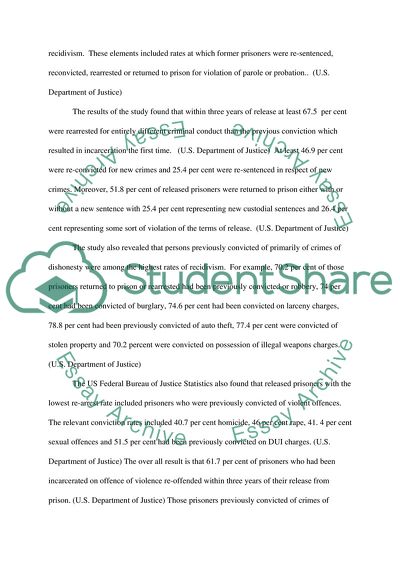Cite this document
(Recidivism in America Literature review Example | Topics and Well Written Essays - 2250 words, n.d.)
Recidivism in America Literature review Example | Topics and Well Written Essays - 2250 words. Retrieved from https://studentshare.org/social-science/1711467-reasons-for-recidivism
Recidivism in America Literature review Example | Topics and Well Written Essays - 2250 words. Retrieved from https://studentshare.org/social-science/1711467-reasons-for-recidivism
(Recidivism in America Literature Review Example | Topics and Well Written Essays - 2250 Words)
Recidivism in America Literature Review Example | Topics and Well Written Essays - 2250 Words. https://studentshare.org/social-science/1711467-reasons-for-recidivism.
Recidivism in America Literature Review Example | Topics and Well Written Essays - 2250 Words. https://studentshare.org/social-science/1711467-reasons-for-recidivism.
“Recidivism in America Literature Review Example | Topics and Well Written Essays - 2250 Words”. https://studentshare.org/social-science/1711467-reasons-for-recidivism.


